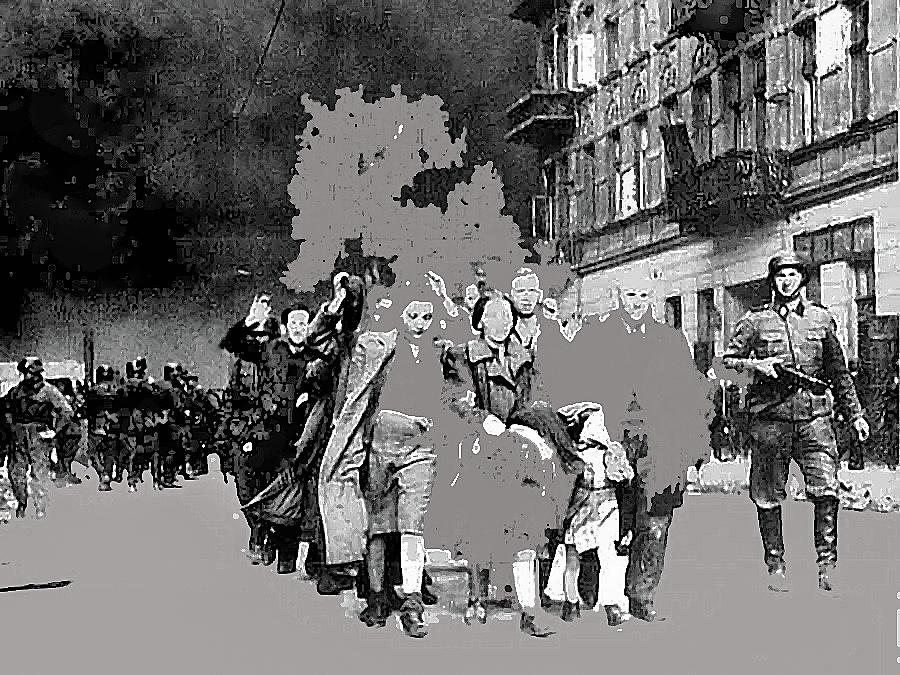

She reveals the diversity of this group and how its members’ identity shaped their involvement in and contribution to ghetto life.

Person looks at what it meant for assimilated Jews to leave their prewar neighborhoods, understood as both a physical environment and a mixed Polish Jewish cultural community, and to enter a new, Jewish neighborhood. Hundreds march through Warsaw to mark 80 years since Nazis liquidated Jewish ghetto AFP July 20, 2022, 9:42 am. In 1940, with the closure of the Jewish residential quarter in Warsaw, their identity was chosen for them.

Situated on both banks of the Vistula River, the Polish capital had a population of 1.3 million and was a hub of Jewish culture before the Holocaust. Unwilling to integrate into the Jewish community and unable to merge with the Polish one, they formed a group of their own, remaining in a state of suspension throughout the interwar period. The Warsaw Ghetto Uprising is emblematic of armed Jewish resistance to the Holocaust it should also be emblematic of rebel organization formation and. The Warsaw ghetto remains one of the darkest examples of Nazi Germany’s cruel, calculated efforts to first contain Europe’s Jewish populations and then eliminate them entirely. Within the ghettos, a small but distinct group existed: the assimilated, acculturated, and baptized Jews. The living conditions in the ghetto were. delivered by the great Negro scholar and citizen, Dr W E B Du Bois, at the Jewish Life Tribute to the Warsaw Ghetto. Jews in Nazi-occupied Warsaw during the 1940s were under increasing threat as they were stripped of their rights and forced to live in a guarded ghetto away from the non-Jewish Polish population. The Warsaw Ghetto was the largest ghetto in Nazi-occupied Europe, containing around around 460,000 inhabitants in 1941.


 0 kommentar(er)
0 kommentar(er)
